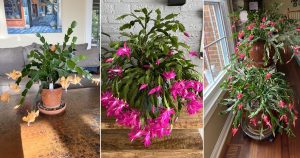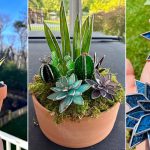Discover the ten common mistakes that silently kill your indoor succulents and learn how to spot them before it’s too late!
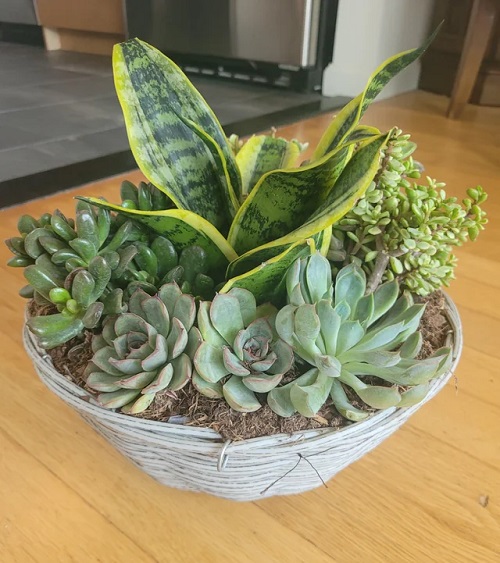
Indoor succulents are tough, but they still need support! Consider them too much ‘low-maintenance’ and you’ll risk losing them. They might wilt, rot, or simply lose their spark. Read this to find out the ways you might be killing your indoor succulents and how to avoid them in the future.
10 Mistakes Secretly Killing Your Indoor Succulents
1. Overwatering
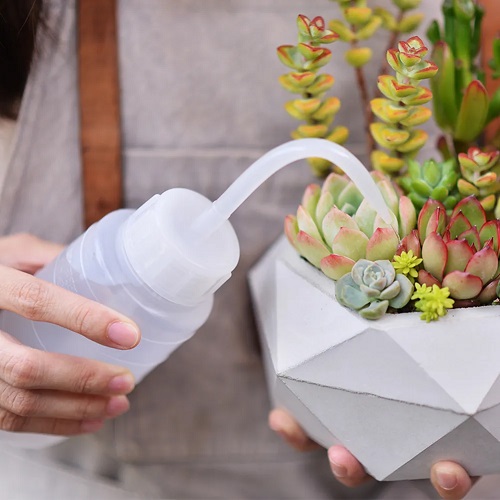
Succulents are drought-tolerant. Even in summer, they may enter a semi-dormant phase where they grow more slowly and need less water. So, wait until the soil is completely dry, check this by inserting your finger 1 inch before watering. Ensure the pot drains well, because they hate soggy soil.
Also, always empty the saucer or outer cover pot after watering. Stagnant water sitting at the base can rot the roots even if you’ve watered correctly.
2. Poorly Draining Soil
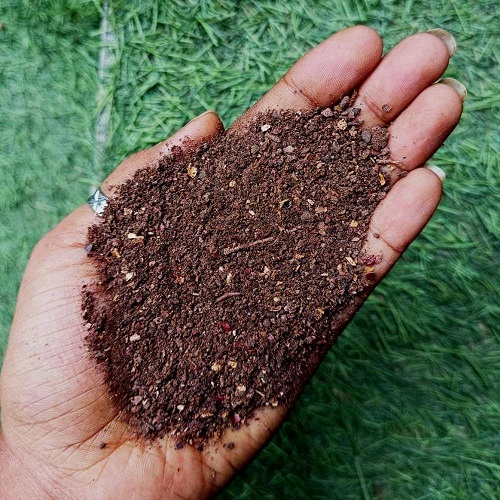
Standard potting mix can hold too much moisture, leading to root rot. In summer, excess moisture can be risky since dense soils retain too much water too. You can use a cactus or a succulent mix, or experiment with your ordinary potting soil. For this, you can mix in sand, perlite, or pumice and make a recipe for better drainage.
3. Direct Sunlight
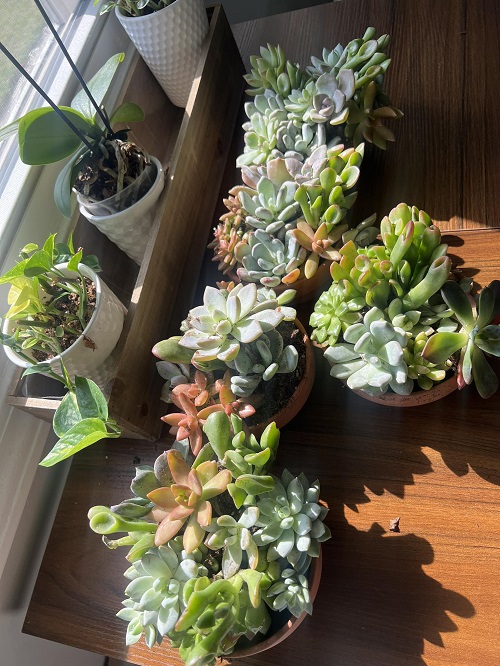
Succulents do love sun, but too much intense afternoon light can scorch them. This is where we should identify the differing needs of different succulents. For indoors, a bright window or grow-light may be necessary, while avoiding shady corners is also crucial.
If you notice brown or bleached spots, it’s your plant’s way of saying “too much sun!” Gradually move it to a spot with filtered light instead of shifting it suddenly.
4. Ignoring Indoor Humidity And Airflow Issues
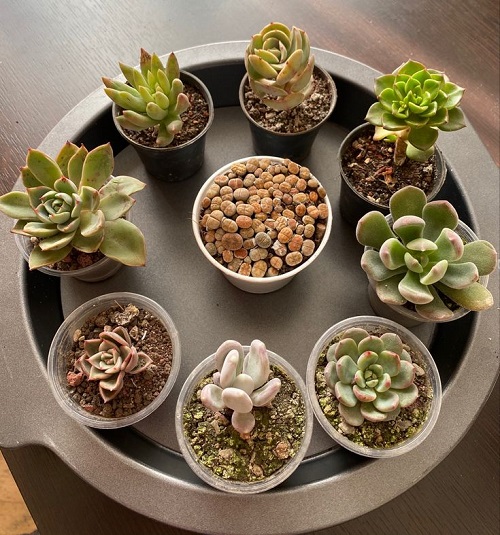
In more humid indoor environments or during summer, even succulents that aren’t over-watered may suffer because moist air keeps soil and root zone damp. High humidity can increase the risk of fungal issues and root rot. So, use pots with good drainage, increase airflow, and consider terracotta pots over plastic.
5. Assuming One Care Routine Fits All Succulents
Do not treat all succulents identically. Different species have different needs. Identify the specific succulent you have (e.g., String of Pearls or String of Bananas) and study its light, water, soil, and temperature requirements, along with the other care regimen.
For instance, Haworthias love shade, while Echeverias crave bright light. Knowing these small differences can save a lot of trouble.
6. Crowding Plants Or Mixing Different Plants Together
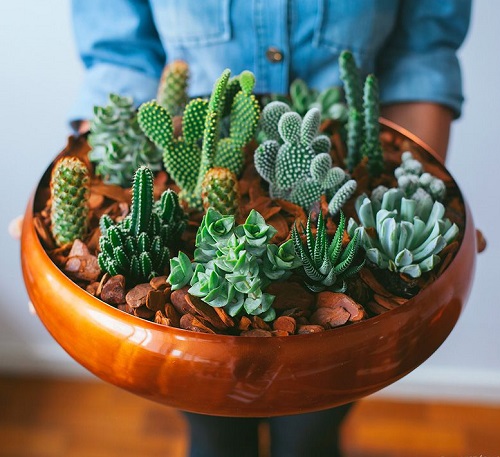
Planting too many succulents together or mixing them with plants that need a different care routine leads to competition and failure. It is advised to use one plant per pot, give adequate space, and avoid mixing moisture-loving and moisture-hating plants.
Overcrowding also limits airflow between the leaves, inviting mealybugs and mold. So, a little space between plants is always a good thing!
7. Misting And Not Proper Watering
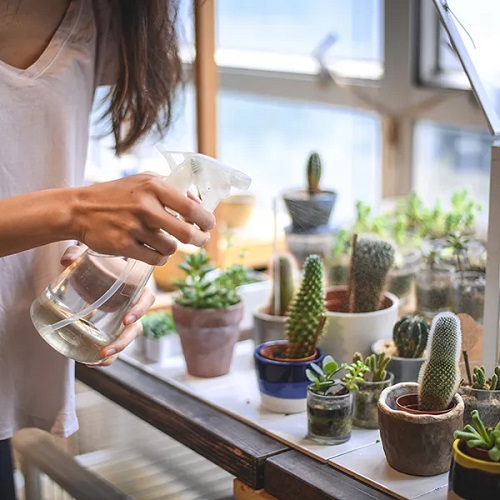
Misting is often used for tropical houseplants, but it can be damaging for succulents. Use the “soak and dry” method, where you water thoroughly when the soil is dry, allow drainage, then wait until you can repeat it again.
Also, avoid misting the leaves, as trapped moisture between them can cause fungal spots or crown rot, especially in varieties like Echeverias.
8. Ignoring Signs Of Stress Until It’s Too Late
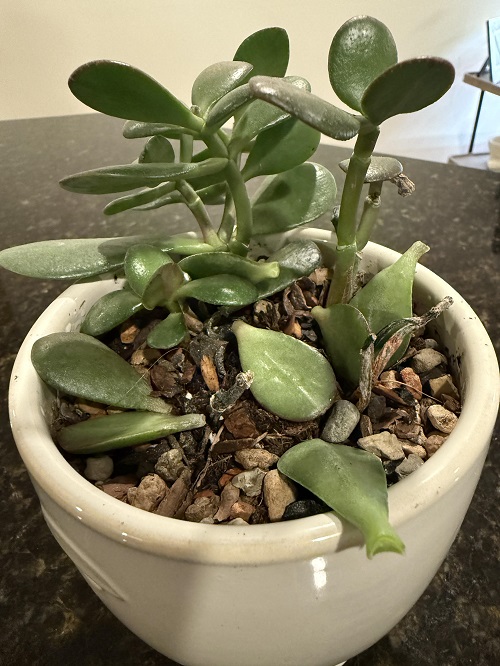
Observe signs like leaf drop, shriveled leaves, color changes, or scorch marks. Monitor your plants regularly, and if something looks off, research or seek help rather than assuming “it’ll recover.”
Remember, succulents speak through their leaves—wrinkled means thirsty, mushy means overwatered. Catching these signs early can save your plant.
9. Using Inappropriate Containers
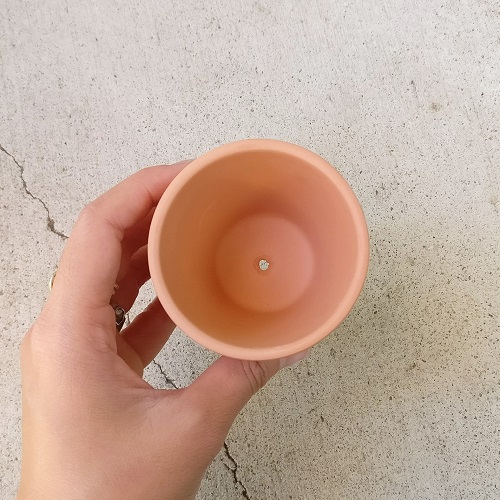
Containers without drainage holes trap water, leading to rot. So, choose pots with drainage holes, if you are using decorative pots without the holes, ensure you use an inner pot or practice minimal watering.
Terracotta or clay pots are the best for beginners because they “breathe,” helping excess moisture escape and keeping roots healthy.
10. Fertilizing Excessively Or At Wrong Times

Succulents are slow-growing and don’t need frequent heavy feeding. Fertilizing during dormancy can force weak growth that ultimately becomes unhealthy. If you fertilize, use a low-nitrogen succulent or cactus fertilizer at half strength and only during the growing season, not during dormancy or indoors under weak light.
Also, avoid using organic compost or manure indoors, as it can retain too much moisture and attract fungus gnats.
By avoiding these 10 mistakes, you can eventually let your indoor succulents start living a new life. And see them glow while they grow. Let us know how you corrected these issues in the comments, if you ever found yourself doing these.




